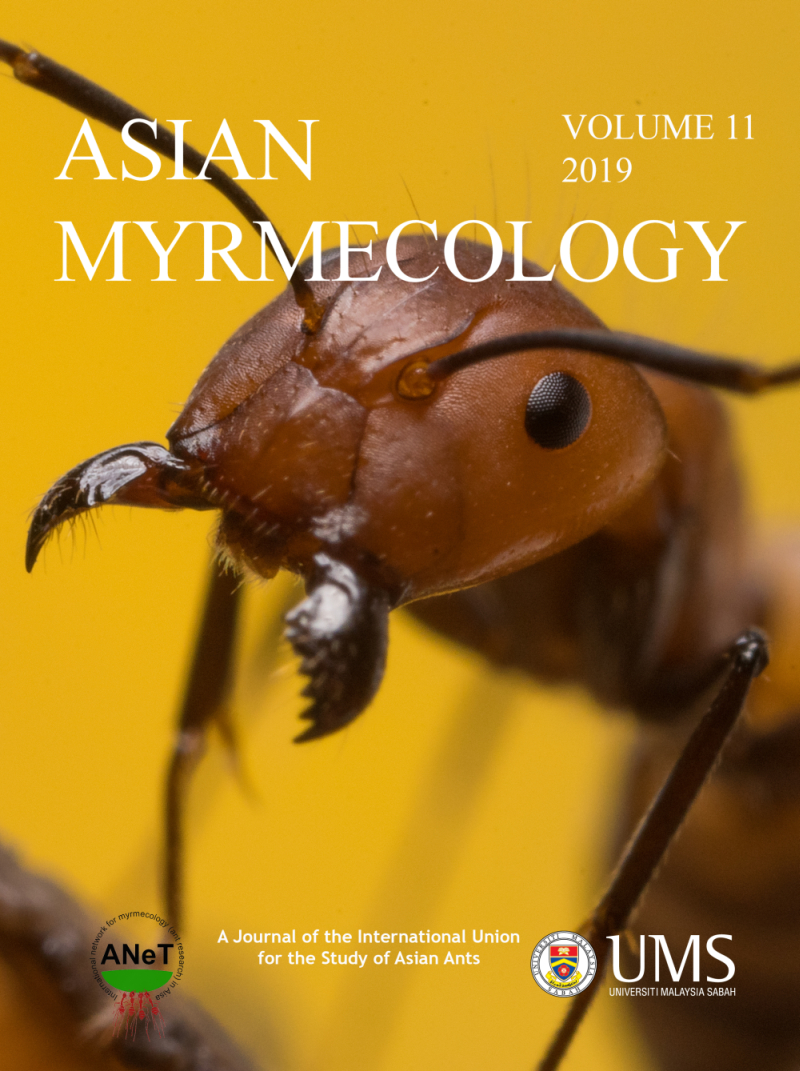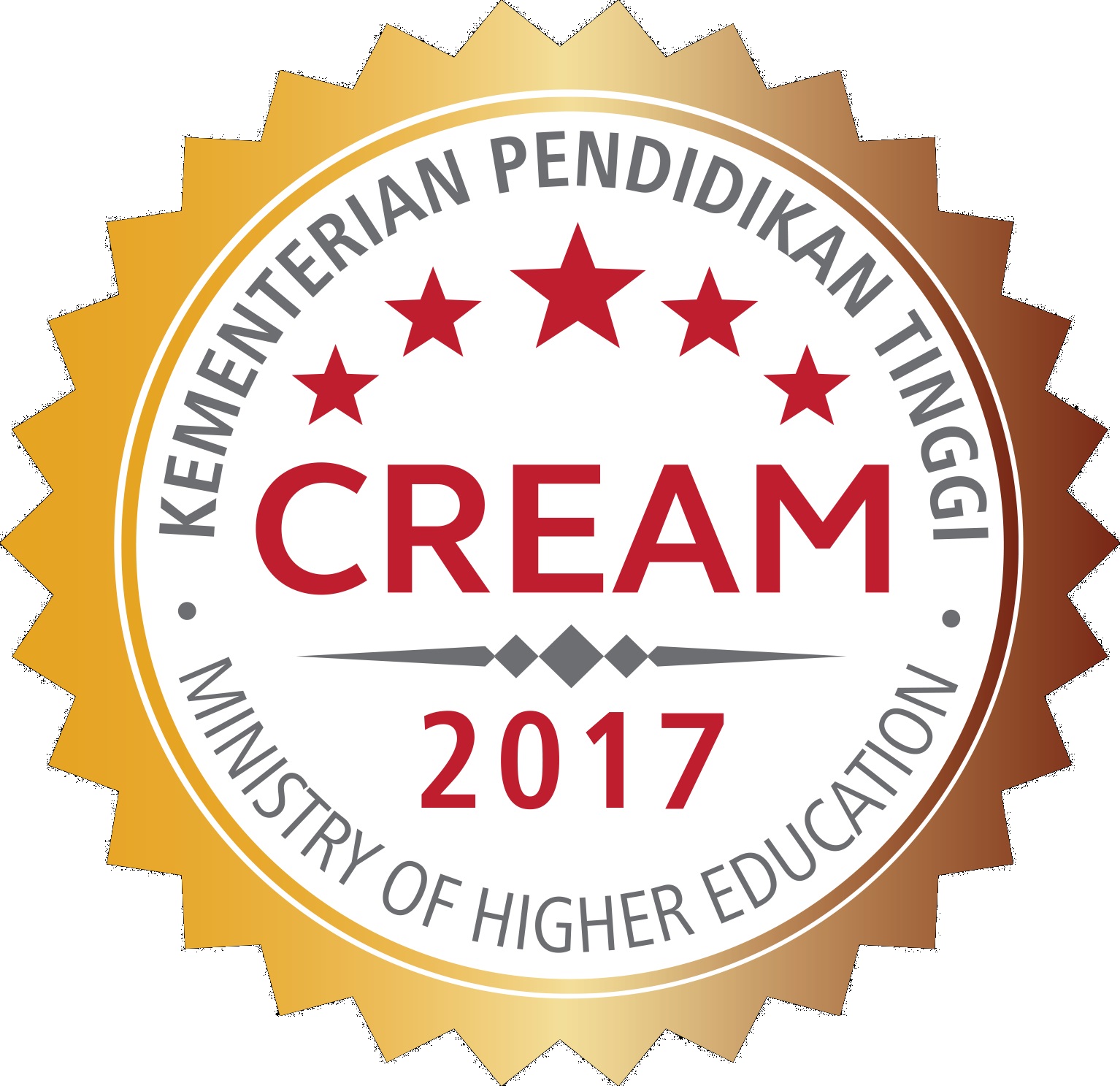ASIAN
MYRMECOLOGY
Image: François Brassard
Applied Myrmecology
Asian Myrmecology, Volume 2, pages 129-138, published December 2008
DOI: 10.20362/am.002015
The importance of weaver ant (Oecophylla smaragdina Fabricius) harvest to a local community in Northeastern Thailand
WISSANURAK SRIBANDIT1, DECHA WIWATWITAYA1, SANTI SUKSARD2 & JOACHIM OFFENBERG3*
Abstract:
Ants of the species Oecophylla smaragdina are a valued resource in some Southeast Asian countries since they are edible. In Thailand they are an expensive delicacy collected in high numbers from natural habitats. In this study we interviewed 25 ant collectors in Nakhon Ratchasima Province to elucidate the extent of ant collection and its socioeconomic impact. On average more than 3 persons per village collected the ants, each collecting on average 219 (± 107.5) kg of ants per year. This yield led to a daily income of 411 THB (12.1 US$) per working day during the 4-5 month ant harvesting season, corresponding to approximately 1.5 - 2.6 times the minimum wage (162 THB day-1) in the province. On average, the yearly income from ants constituted 30 % of the total household income among the ant collectors and additionally supplied their families with an animal food source. The major issues considered problematic by ant collectors were the increasing number of people collecting ants and high travel distances to ant sites. Increased harvesting pressure may put the natural ant populations at risk. We discuss ant farming as a potential solution to these problems.
Keywords:
insects as food, ethnoentomology, entomophagy, Nakhon Ratchasima, ant farming, socioeconomy
Get PDF (211K):
1Department of Forest Biology, Kasetsart University, Bangkok 10900, Thailand
2Department of Forest Management, Kasetsart University, Bangkok 10900, Thailand
3Department of Biological Sciences, University of Aarhus, DK-8000 Aarhus C, Denmark
*Corresponding author: offenberg@biology.au.dk



